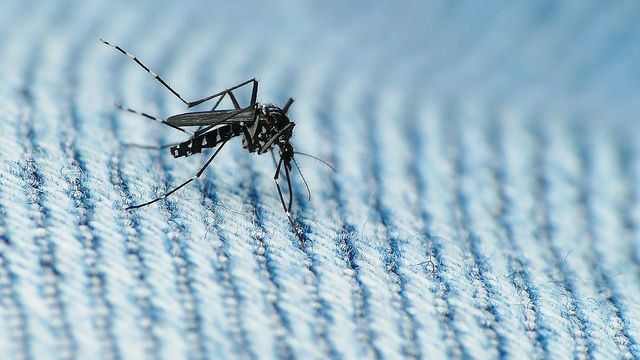14 New American Zika Virus Cases May Have Been Sexually Transmitted; CDC Warns Of Potential Local Outbreaks

Government scientists report an investigation of a possible 14 new cases of Zika virus being sexually transmitted from men to women, including some pregnant women. According to the Centers for Disease Control and Prevention, these new cases could result in local spread of the virus in some areas of the United States. Zika has been linked to microcephaly, a birth defect, yet only one in five people who are infected show symptoms of illness.
The CDC has already confirmed the virus in two of the women, while four others have tested positive in preliminary lab tests. Scientists say it is unlikely transmission occurred in any way other than sexual contact. While men can transmit the virus through sex to women, it is unknown whether women can pass an infection to men.
“We do not know if infected men who never develop symptoms can have Zika virus in their semen,” or transmit the virus through sex, the CDC reports. In the known cases of sexual transmission, all the men had symptoms of illness.
According to the CDC, the virus is present in semen longer than in blood, though scientists do not know how long it persists in the semen. Following an infection, Zika usually remains in the blood for about a week, though in some people it remains longer.
"This is a very new disease and we’re learning a lot about this in a very short time," Dr. Albert Icksang Ko, Yale School of Public Health, told Medical Daily.
American Concerns
So far, only travel-associated cases have been reported in the U.S.; no local mosquito-borne events have occurred. Public health authorities say the number of new Zika cases among travelers visiting or returning to the United States will likely increase with this recent outbreak.
While the CDC estimates the majority — 80 percent of new cases — will not be diagnosed, once a person has been infected, he or she is likely to be protected from future infections.
Zika virus is carried by mosquitoes and causes an acute infection. Typically, an infection with Zika virus causes fever, headache, conjunctivitis (pink eye), and rash, along with joint and muscle pain. The virus was first isolated in 1947 in the Zika forest in Uganda, the World Health Organization reports, and since then, it has remained mainly in Africa with sporadic outbreaks in Asia. In 2007, the island of Yap, in Micronesia, reported a major epidemic, when nearly 75 percent of its population became infected.
In 2014, Chile confirmed its first case of indigenous transmission of the virus on Easter Island and in May 2015, Brazil confirmed transmission of Zika in its own northeast.
“Currently, outbreaks are occurring in many countries,” reports the CDC, which recently declared a Level 1 activation (the highest) of its response effort. The CDC video below provides more information.
Published by Medicaldaily.com



























